In 1998, Gary Klein gave readers Sources of Power, a thoughtful, innovative consideration of how to make decisions in complex situations. Here, he returns to the same subject in even greater depth. Klein has spent decades studying and interviewing people, such as firefighters, soldiers and pilots, who make decisions in complicated, shifting, high-stakes circumstances. He discusses what most people believe about making decisions, and shows how they err...some of the time. In ambiguous, unknown settings or under complex conditions, people tend to simplify until their beliefs become dangerous. This entertaining book grapples with many of life’s more challenging situations. As a result, getAbstract recommends Klein’s insights to leaders, trainers and anyone who must make more effective decisions in crises.
Common Beliefs About Decisions
The human eye sees in light and shadow, but uses different systems for daylight and darkness. In daytime, “cone cells” take in a lot of light, and you see the world in detail. When night falls, “rod cells,” which are more sensitive to faint light but poor at picking up details, take over. You need both systems to see well. Vision functions as an analogy for decision making. Approach decision making one way when the situation is well-known and clearly defined, and another way in unknown or ambiguous circumstances.
Most common beliefs about decision making work in “bright and clear conditions.” People don’t know how to respond to more opaque situations, and most guidelines interfere with complex problem solving. Familiar rules of thumb don’t apply; an emphasis on directives and formal procedures can be limiting or even dangerous. A majority of the leaders and professionals surveyed supported the following incorrect beliefs about making decisions:
- If you teach people a specific procedure, they perform assigned tasks better – Routine tasks evolve over time, but published procedures usually stay frozen. Procedures are abstract...
Research psychologist Gary Klein, author of Sources of Power, is a senior scientist at Applied Research Associates.











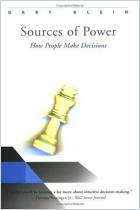
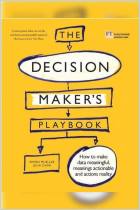
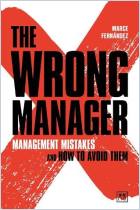
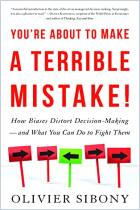
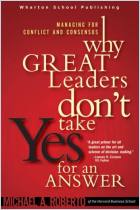
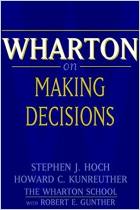
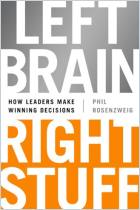






Comment on this summary